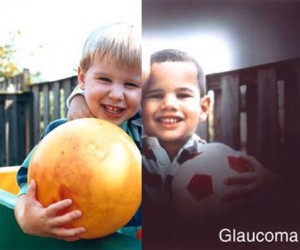Contrary to what the name implies, a person who is farsighted has blurred vision when looking at close objects, unless they make a constant effort to focus, which can lead to strain, headaches, and eye fatigue.
What is Farsightedness?
Farsightedness or hyperopia happens when the eye is shorter than normal. This shape causes images to be focused behind the retina, rather than on it. It is a common condition that most often is inherited. As a result, the lens of the eye must exert effort to focus the image on the retina.
Babies and children are usually slightly farsighted; as their eyes grow and lengthen, the condition corrects itself, generally by age seven or eight. Young adults who remain farsighted often don’t realize their condition because they have enough flexibility in focusing power to correct the condition without the aid of eye glasses or contact lenses.
Symptoms of Farsightedness
At first, symptoms may be undetectable or very slight. With age, increased difficulty seeing near objects may be noticed until eventually even distant objects appear blurred.
Treatments for Farsightedness
Farsightedness is easy to fix, and eyes that are farsighted are otherwise healthy. Since farsightedness occurs when images are focused behind the retina, it is corrected when images are refocused onto the retina. This is usually done with common forms of vision correction, including:
- Eyeglasses or contact lenses: the simplest, most common method of vision correction
- Surgery: Surgical options are available to correct farsightedness, but can be expensive and may involve more risk than corrective eyeglasses or contact lenses. These options use either laser technology or small incisions to reshape the cornea of the affected eye.
